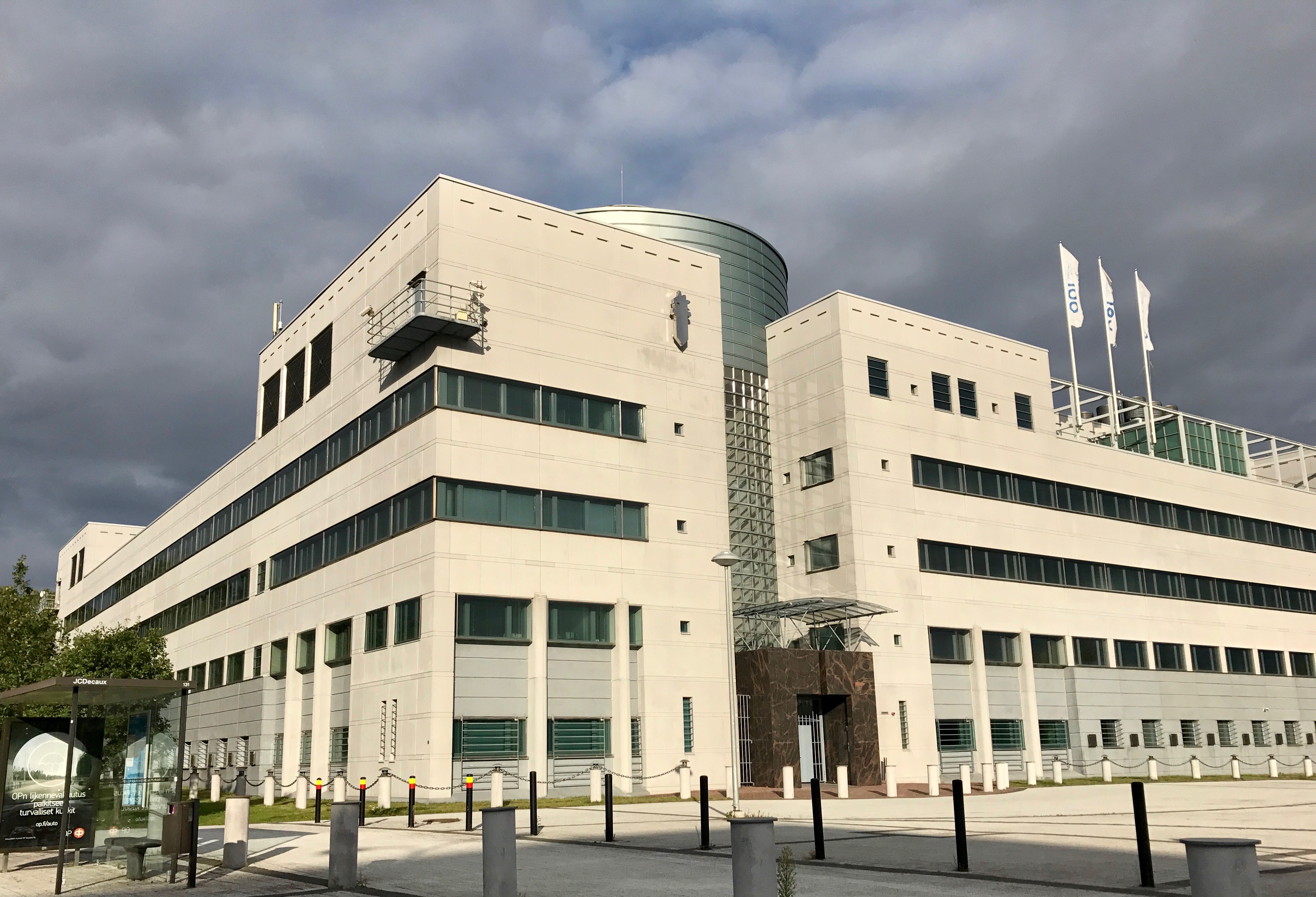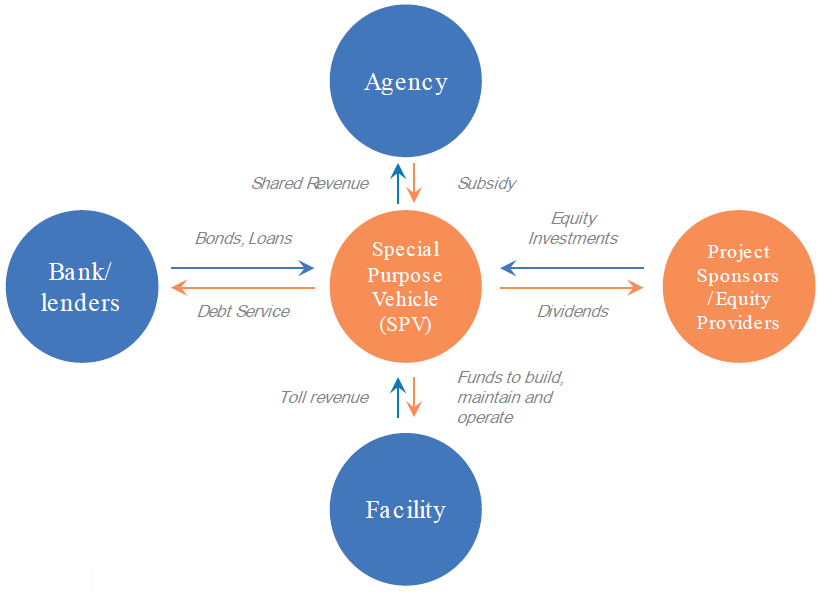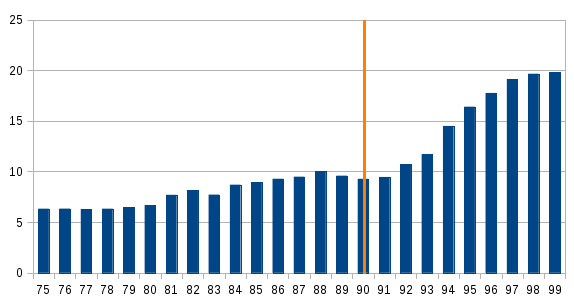|
Yacimientos Carboníferos Río Turbio
Yacimientos Carboníferos Río Turbio (, abbrevriated YCRT) is an Argentine coal mining company created in 1994 to replace Yacimientos Carboníferos Fiscales, along with the privatization of many other state-owned enterprises, the trademark of the national administration of the time. It was created to extract, ship and sell the coal from Rio Turbio, Santa Cruz, Rio Turbio and its coal basin. It is the only coal mine in all of Argentina and a geopolitical key are, since it is located in the south west extreme of the country, one of the furthest south settlements of the country. YCRT runs the Río Turbio coal mine, in the southern Provinces of Argentina, province of Santa Cruz Province, Argentina, Santa Cruz, along the Andes border with Chile. It also has a rail line connecting to the Punta Loyola port, a 25 MW power station for internal use, and a 240 MW thermal power station (under construction) linked to the Sistema Argentino de Interconexión, Argentinian Interconnection. It wa ... [...More Info...] [...Related Items...] OR: [Wikipedia] [Google] [Baidu] |
State-owned Enterprise
A state-owned enterprise (SOE) is a business entity created or owned by a national or local government, either through an executive order or legislation. SOEs aim to generate profit for the government, prevent private sector monopolies, provide goods at lower prices, implement government policies, or serve remote areas where private businesses are scarce. The government typically holds full or majority ownership and oversees operations. SOEs have a distinct legal structure, with financial and developmental goals, like making services more accessible while earning profit (such as a state railway). They can be considered as government-affiliated entities designed to meet commercial and state capitalist objectives. Terminology The terminology around the term state-owned enterprise is murky. All three words in the term are challenged and subject to interpretation. First, it is debatable what the term "state" implies (e.g., it is unclear whether municipally owned corporations and ente ... [...More Info...] [...Related Items...] OR: [Wikipedia] [Google] [Baidu] |
Sistema Argentino De Interconexión
The Argentine Interconnection System (Spanish: ''Sistema Argentino de Interconexión'', SADI) is a wide area synchronous grid that links the regional networks of all Argentinian provinces, with the exception of Tierra del Fuego. It is also connected to the power grids of several neighboring countries. The network is long, of which represent 500 kV power lines. These power lines are operated by Transener. History The interconnection system began by including transmission lines and substations built by AyEE, HIDRONOR and others constructed by private initiative. Those lines primarily linked the generation centers distributed along the country with the major consumption center in the Greater Buenos Aires area. In 1947, the General Direction of Water and Electric Power was created by presidential decree, with the task of planning, construction and operation of electrical power plants, transmission lines and substations. In 1960, Act 15336 (Electric Energy Law) is approved, ... [...More Info...] [...Related Items...] OR: [Wikipedia] [Google] [Baidu] |
Public Service
A public service or service of general (economic) interest is any service intended to address the needs of aggregate members of a community, whether provided directly by a public sector agency, via public financing available to private businesses or voluntary organisations, or by private businesses subject to government regulation. Some public services are provided on behalf of a government's residents or in the interest of its citizens. The term is associated with a social consensus (usually expressed through democratic elections) that certain services should be available to all, regardless of income, physical ability or mental acuity. Examples of such services include the fire services, police, air force, paramedics and public service broadcasting. Even where public services are neither publicly provided nor publicly financed, they are usually subject to regulation beyond that applying to most economic sectors for social and political reasons. Public policy, when made ... [...More Info...] [...Related Items...] OR: [Wikipedia] [Google] [Baidu] |
Layoff
A layoff or downsizing is the temporary suspension or permanent termination of employment of an employee or, more commonly, a group of employees (collective layoff) for business reasons, such as personnel management or downsizing an organization. Originally, ''layoff'' referred exclusively to a temporary interruption in work, or employment but this has evolved to a permanent elimination of a position in both British and US English, requiring the addition of "temporary" to specify the original meaning of the word. A layoff is not to be confused with Wrongful dismissal, wrongful termination. ''Laid off workers'' or ''displaced workers'' are workers who have lost or left their jobs because their employer has closed or moved, there was insufficient work for them to do, or their position or Shift work, shift was abolished (Borbely, 2011). Downsizing in a company is defined to involve the reduction of employees in a workforce. Downsizing in companies became a popular practice in the 1 ... [...More Info...] [...Related Items...] OR: [Wikipedia] [Google] [Baidu] |
Concession (contract)
A concession or concession agreement is a grant of rights, land, property, or facility by a government, local authority, corporation, individual or other legal entity. Public services such as water supply may be operated as a concession. In the case of a public service concession, a private company enters into an agreement with the government to have the exclusive right to operate, maintain and carry out investment in a public utility (such as a water privatisation) for a given number of years. Other forms of contracts between public and private entities, namely lease contract and management contract (in the water sector often called by the French term ''affermage''), are closely related but differ from a concession in the rights of the operator and its remuneration. A lease gives a company the right to operate and maintain a public utility, but investment remains the responsibility of the public. Under a management contract the operator will collect the revenue only on behalf ... [...More Info...] [...Related Items...] OR: [Wikipedia] [Google] [Baidu] |
Carlos Menem
Carlos Saúl Menem (2 July 1930 – 14 February 2021) served as the 50th president of Argentina for ten years, from 1989 to 1999. He identified as Peronism, Peronist, serving as President of the Justicialist Party for 13 years (from 1990 to 2001 and again from 2001 to 2003), and his political approach became known as Menemism. Born in Anillaco, La Rioja Province, Argentina, La Rioja, to a Syrian Argentines, Syrian family, Menem was raised as a Muslim,"Carlos Menem" ''Encyclopædia Britannica'' but later converted to Catholic Church, Roman Catholicism to pursue a political career. Menem became a Peronist during a visit to Buenos Aires. He was elected governor of La Rioja in 1973, deposed and detained following the 1976 Argentine coup d'état, and re-elected in 1983. He defeated the Buenos Aires governor Antonio Cafiero in ... [...More Info...] [...Related Items...] OR: [Wikipedia] [Google] [Baidu] |
Villa Minera De Río Turbio, Santa Cruz, Argentina
A villa is a type of house that was originally an ancient Roman upper class country house that provided an escape from urban life. Since its origins in the Roman villa, the idea and function of a villa have evolved considerably. After the fall of the Roman Republic, villas became small farming compounds, which were increasingly fortified in Late Antiquity, sometimes transferred to the Church for reuse as a monastery. They gradually re-evolved through the Middle Ages into elegant upper-class country homes. In the early modern period, any comfortable detached house with a garden near a city or town was likely to be described as a villa; most surviving villas have now been engulfed by suburbia. In modern parlance, "villa" can refer to various types and sizes of residences, ranging from the suburban semi-detached double villa to, in some countries, especially around the Mediterranean, residences of above average size in the countryside. Roman Roman villas included: * the ''vil ... [...More Info...] [...Related Items...] OR: [Wikipedia] [Google] [Baidu] |
Río Gallegos, Santa Cruz
Río Gallegos () is the capital and largest settlement of the Patagonian province of Santa Cruz in Argentina. Located in the department of Güer Aike, it has a population of about 98,000, according to the , a 24% increase from the 79,000 in the . The city bears the name of the Gallegos River, and sits on its estuary south from the Argentine federal capital Buenos Aires. Established on 19 December 1885 to increase Argentine power over southern Patagonia, Río Gallegos became the capital of the then Territory of Santa Cruz in 1888, retaining its status when the territory became a province in 1957. Néstor Kirchner, later President of Argentina, served as the city's mayor from 1987 to 1991 and is interred in a mausoleum in the city's cemetery. History In 1525 Spanish explorer García Jofre de Loaísa became the first European to reach the Gallegos River, and named it ''Río San Idelfonso''. Simón de Alcazaba y Sotomayor's 1535 expedition was the first to name the river ''"Río ... [...More Info...] [...Related Items...] OR: [Wikipedia] [Google] [Baidu] |
Sewage Treatment
Sewage treatment is a type of wastewater treatment which aims to remove contaminants from sewage to produce an effluent that is suitable to discharge to the surrounding environment or an intended reuse application, thereby preventing water pollution from raw sewage discharges. Sewage contains wastewater from households and businesses and possibly pre-treated Industrial wastewater treatment, industrial wastewater. There are a large number of sewage treatment processes to choose from. These can range from Decentralized wastewater system, decentralized systems (including on-site treatment systems) to large centralized systems involving a network of pipes and pump stations (called sewerage) which convey the sewage to a treatment plant. For cities that have a combined sewer, the sewers will also carry urban runoff (stormwater) to the sewage treatment plant. Sewage treatment often involves two main stages, called primary and secondary treatment, while advanced treatment also incorpo ... [...More Info...] [...Related Items...] OR: [Wikipedia] [Google] [Baidu] |
Carbon
Carbon () is a chemical element; it has chemical symbol, symbol C and atomic number 6. It is nonmetallic and tetravalence, tetravalent—meaning that its atoms are able to form up to four covalent bonds due to its valence shell exhibiting 4 electrons. It belongs to group 14 of the periodic table. Carbon makes up about 0.025 percent of Earth's crust. Three Isotopes of carbon, isotopes occur naturally, carbon-12, C and carbon-13, C being stable, while carbon-14, C is a radionuclide, decaying with a half-life of 5,700 years. Carbon is one of the timeline of chemical element discoveries#Pre-modern and early modern discoveries, few elements known since antiquity. Carbon is the 15th abundance of elements in Earth's crust, most abundant element in the Earth's crust, and the abundance of the chemical elements, fourth most abundant element in the universe by mass after hydrogen, helium, and oxygen. Carbon's abundance, its unique diversity of organic compounds, and its unusual abi ... [...More Info...] [...Related Items...] OR: [Wikipedia] [Google] [Baidu] |
Corporate Spin-off
A corporate spin-off, also known as a spin-out, starburst or hive-off, is a type of corporate action where a company "splits off" a section as a separate business or creates a second incarnation, even if the first is still active. It is distinct from a sell-off, where a company sells a section to another company or firm in exchange for cash or securities. Characteristics Spin-offs are divisions of companies or organizations that then become independent businesses with assets, employees, intellectual property, technology, or existing products that are taken from the parent company. Shareholders of the parent company receive equivalent shares in the new company in order to compensate for the loss of equity in the original Capital stock, stocks. However, shareholders may then buy and sell stocks from either company independently; this potentially makes investment in the companies more attractive, as potential share purchasers can invest narrowly in the portion of the business they t ... [...More Info...] [...Related Items...] OR: [Wikipedia] [Google] [Baidu] |




